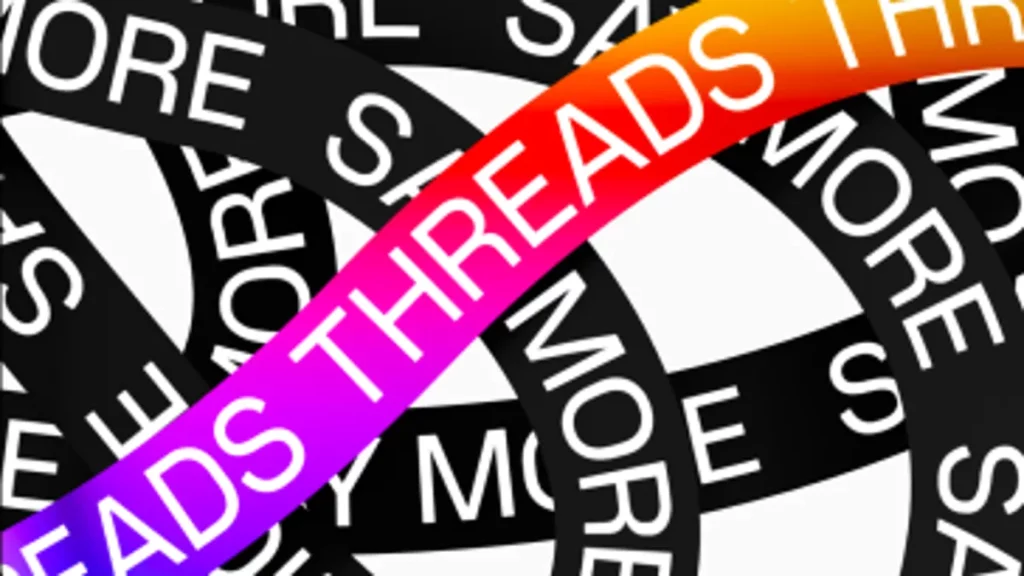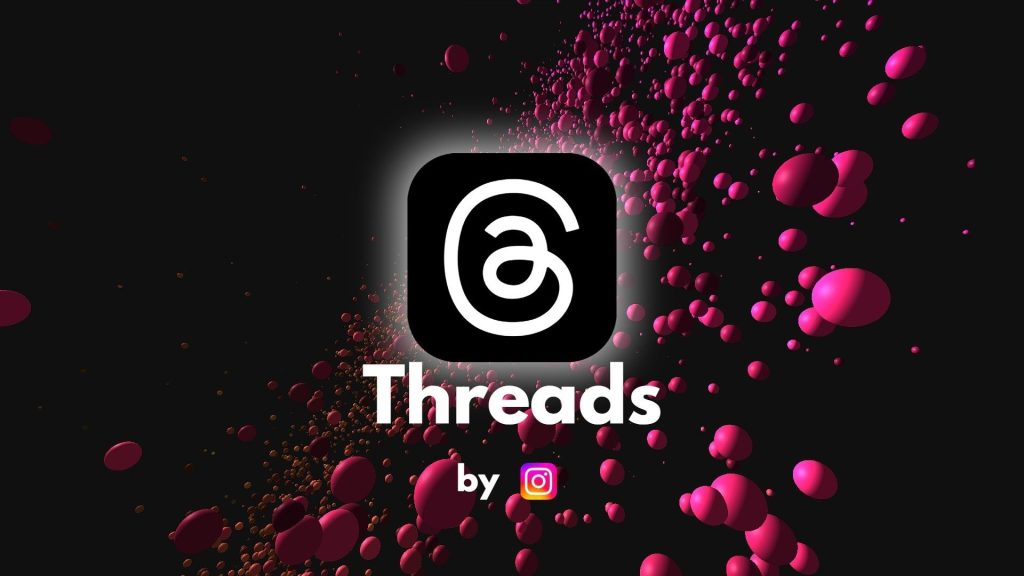
There are a variety of different speed limits. Some go to greater lengths than others.
It appeared to be an excellent example of the kind of delicious hypocrisy that the internet lusts after.
The head of Instagram, Adam Mosseri, announced on Monday that the firm was going to implement stricter rate limitations on the site to combat the spam problem that has been plaguing Threads, the company’s new competitor to Twitter.
Does this sound familiar? This is because rate restrictions were one of the contentious decisions that Elon Musk implemented on Twitter at the beginning of July, which resulted in a significant amount of resentment directed toward the platform.
Following the viewing of a predetermined quantity of tweets, some users were finding that they were unable to access some content on Twitter as a result of daily rate capping.
However, contrary to what was initially believed, Threads did not implement the contentious rate limits on its platform in the same way that Twitter did.
Instead, Threads enhanced the same type of rate limits that are present on the vast majority of social networking networks, limits that even Twitter adopted a long time ago, well before Musk even owned the firm.
Twitter staffers were keen to tweet about it after knowledge leaked of Threads’ rate constraints, which spread quickly.
An internal tweet from Twitter read, “Imitation is the sincerest form of flattery,” and included an emoji depicting a person crying while laughing.
Another user tweeted, “Next stop: increased rate limit for Meta Verified subscribers,” referring to the fact that Musk allows paid Twitter Blue customers who pay the $8-per-month fee with higher limits than non-paying users.
The football was spiked by even Musk himself; he couldn’t help himself.
How It is highly unlikely that the rate constraints of threads will have an impact on your user experience.
But the truth of the matter is that Threads’ rate constraints are in no way comparable to Musk’s much-maligned limits. The number of postings that users can access is not being restricted on Threads, contrary to what Twitter has done, as workers of Meta have stated.
The rate limitations that are imposed on Threads instead target typical examples of spammy activity. For example, the number of comments that can be made and the number of users that an account can follow within a given amount of time are both governed by these rate limits.
Jesse Chen, a Threads engineer, responded to one of my posts concerning rate restrictions on the platform by saying, “Hope they realize we’re talking about action rate limits (eg following, commenting), not viewing rate limits.” This was in response to the fact that I had mentioned rate limits. “There has always been the first type of rate limits in place on both platforms…”
Twitter and many other social media sites have had action rate limits in place for a considerable amount of time to combat spam on their platforms. Even more specifically, Twitter details its official action restrictions in a help page accessible via its website.
The page informs users of the maximum number of tweets that can be posted in a day, which is 2,400; the maximum number of direct messages that an account can send in a day is currently 500; and the maximum number of users that an account can follow in a day is technically 400.
However, this number can change depending on the ratio of the number of accounts that a user follows to the number of accounts that the user follows.
This Twitter help page that runs down the platform’s action rate limits has existed at this URL since January 2018, according to the archives that are saved by the Wayback Machine of the Internet Archive.
The new rate limit guidelines that Musk introduced earlier this month prevented many Twitter users from being able to access information on the platform. This is in contrast to the typical action limits that are found on social media platforms.
Threads quickly grew to 100 million users just days after its introduction, which coincidentally occurred just over a week after Twitter adopted these rate limits. The response to these new limits on Twitter undoubtedly played a factor in the rapid growth of Threads to 100 million users so soon.
Mosseri’s post regarding Threads’ rate limits was ambiguous and did not provide any specific details of what was going to be restricted.

“Spam attacks have picked up, so we’re going to have to get tighter on things like rate limits,” Mosseri posted. “This is going to mean more unintentionally limiting active people (false positives),” Mosseri added.
“We’re going to have to get tighter on things like rate limits.” “If you get caught up in those protections, let us know.”
Mashable attempted to contact Meta for any comment, but a spokesman for the company simply directed us to Mosseri’s post.
Having said that, Meta developers have provided further clarification on Threads. And judging from the responses to Mosseri’s piece, it seems as though the actual user experience is consistent with those claims.
Some users have reported that they have reached their daily limit for the number of individuals they can follow or the number of times they can “like” a post. Mashable has been unable to locate any complaints of users having their ability to access content on Threads restricted in any way because of rate limits.
The prevalence of the spam issue that Mosseri cited as the motivation for implementing rate limits on Threads is currently reaching a new high on the site.
Since its introduction a few weeks ago, Threads has been experiencing a noticeable increase in the number of spammy replies and mentions.
This is one of the problems that the platform is grappling with, along with others, such as encouraging users to continue using it after the launch. It is not yet clear whether or whether the rate limits that Threads have implemented will have any effect on the problematic users. However, based on some of Twitter’s more radical moves earlier this month, it appears that this won’t happen.
FAQs
Why does Twitter claim that my rate is limited?
What does “you are rate limited” on Twitter mean? You can see the error notice “Sorry, you are rate limited, please try again later” on Twitter if you go over the allotted number of Twitter API calls that you can send in a certain amount of time.
What is the Twitter maximum tweet rate?
Actual Twitter restrictions
Daily direct messages: The daily cap is 500 messages sent. 2,400 tweets each day. Further divided into smaller restrictions for semi-hourly periods is the daily update limit. Tweets that are retweeted are counted.
How do you exceed Twitter’s rate limit?
Change your platform of choice to get around the Twitter “Rate limit exceeded” problem and the daily limitations. You may try using the Twitter website on a web browser like Chrome, Opera, Brave, Edge, etc. if you were previously using the Twitter Android app, for example.
How many tweets can there be in a thread?\
30 tweets
Threads make it simple for your Twitter following to participate in the conversation. You can add up to 25 tweets to a single thread on Twitter. Additionally, each tweet in that thread is capable of including any type of media, including photographs, GIFs, surveys, etc.
How long is a rate limit ban in effect?
Waiting is the greatest solution for the “You Are Being Rate Limited” problem notice. Wait for the rate limit to expire and then log out of Discord. Normally, the prohibition is in effect for 15 minutes.
How can I remove rate limits?
If you employ a script to simulate too many actions, you may occasionally have rate limitations while chatting.
Fix 1: Wait It Out. The easiest solution is just to wait. …
Fix 2: Try Incognito Mode. …
Fix 3: Restart Your Router. …
Fix 4: Switch Networks. …
Fix 5: Contact Discord Support.
How long can you tweet for?
Since February, when it allowed them to write tweets with 4,000 characters, Twitter Blue users in the US are no longer restricted to 280 characters on the service. The company has now announced the capability for tweets up to 10,000 characters in length, more than doubling the previous cap.
What is a rate limit error?
You have reached your designated rate limit if you receive a RateLimitError.
